I am currently studying circuit analysis methods and there is one thing regarding the Loop Current Method I do not fully understand.
Let us take a look on the loop current sketched below:
As far as I understand, in this method we will assign each loop a uniform current and then calculate the overall voltage drop in each of the loops.
What I do not understand is: why does the loop current of a loop containing a current source have to be equal to that particular current. In this example, we must say that IL1 = Ig.
I understand that the current source will maintain a constant current between the two nodes it was connected to and that the voltage between those nodes does not depend on the current, that is, does not satisfy the equation U = RI, but why couldn't the expression for this loop current be:
0 + IL2*R4 + (R4+R5)IL1 = 0
assuming that the upper loop is IL3 and the bottom left one IL2 (IL1 and IL2 go through the resistor R4 in the same direction). The zero on the left hand side comes from the fact that there are no mutual resistors for loops 1 and 3, and the one on the right side is there because there are no voltage sources in loop 1.
EDIT: The first step I did was to create a circuit tree (if that is how it is called), by merging every node in the circuit without making a loop. Also, the branch containing the current source must not be included in the tree. Every loop consisting of the branches that are included in the tree and only one branch that isn't is an independent loop.
There are multiple ways of making a circuit tree, this is only one of them.

